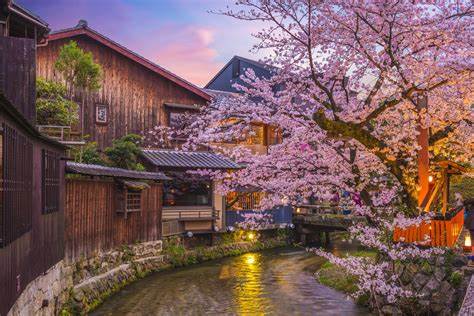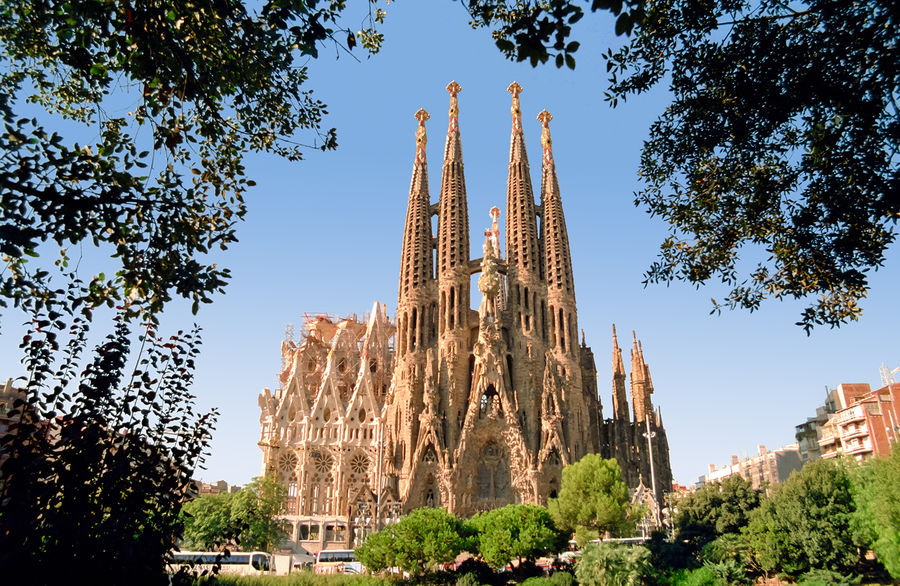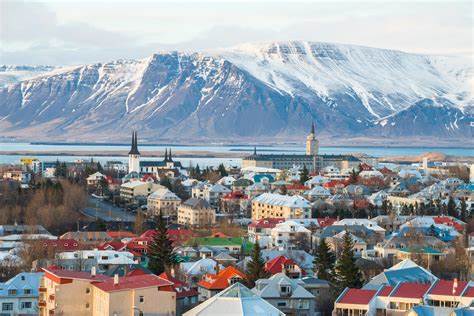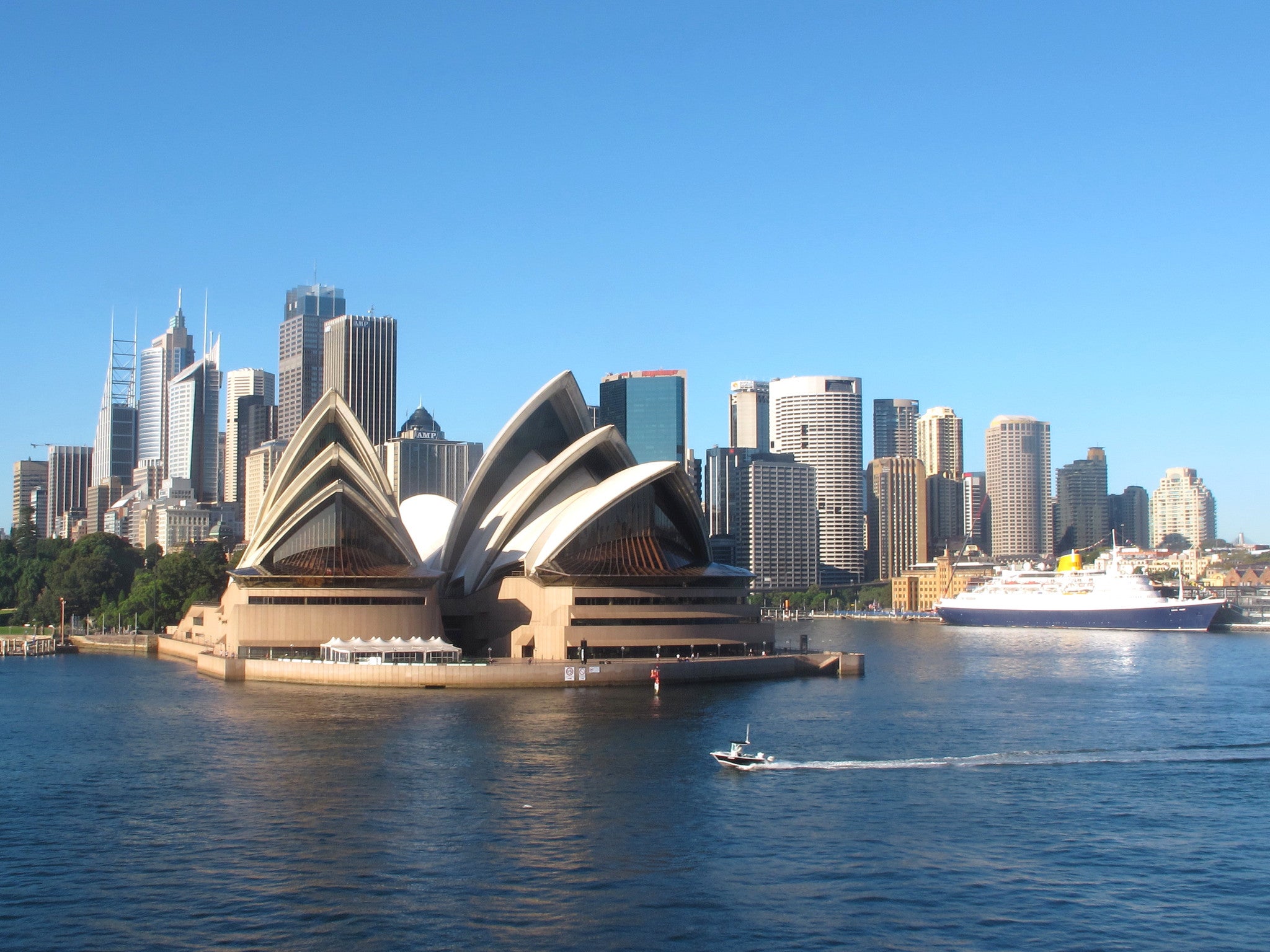Japan is a country where the past and future coexist in harmony, offering travelers an extraordinary journey through vibrant cities, historic temples, and breathtaking natural landscapes. From the neon-lit streets of Tokyo to the serene beauty of Kyoto’s ancient gardens, Japan combines modern innovation with deep-rooted traditions, creating an experience that’s both dynamic and deeply reflective.
The best time to visit Japan is during the spring (March to May) and fall (September to November), when the weather is mild, and the landscapes are at their most beautiful. Spring is particularly famous for cherry blossom season, or hanami, when parks and streets across the country are lined with delicate pink and white flowers. Fall offers spectacular views of red and gold foliage, especially in the mountainous regions.
Tokyo, Japan’s sprawling capital, is a city that never sleeps. It’s a metropolis of endless excitement, from Shibuya Crossing, one of the busiest intersections in the world, to the serene Meiji Shrine, nestled within a peaceful forest in the middle of the city. The blend of futuristic architecture and traditional shrines is what makes Tokyo so fascinating. Asakusa, with its vibrant market streets, is home to the famous Senso-ji Temple, the oldest temple in Tokyo. For a taste of Japanese pop culture, head to Akihabara, a district known for its electronics, gaming, and anime culture.
Kyoto, Japan’s ancient capital, is a city that transports you back in time. Famous for its traditional temples, beautiful gardens, and historic wooden houses, Kyoto is the heart of Japan’s cultural heritage. The Fushimi Inari Shrine is one of the most iconic sites, with its thousands of red torii gates winding up the mountainside. Kinkaku-ji, the Golden Pavilion, is another must-see, surrounded by serene gardens and reflecting in the pond below. Don’t miss the peaceful Arashiyama Bamboo Grove, where you can walk through towering bamboo stalks and enjoy the tranquility of nature.
For nature lovers, Japan offers some of the most stunning landscapes in the world. Mount Fuji, Japan’s highest peak, is an iconic symbol of the country and a popular destination for hikers. The Fujigoko area, with its five lakes surrounding the mountain, provides beautiful views, along with opportunities for boating, fishing, and hiking. If you’re looking to explore more remote landscapes, visit Nikko, a UNESCO World Heritage site home to the ornate Toshogu Shrine, set amidst lush forests.
The Hokkaido region, Japan’s northernmost island, is known for its pristine nature and outdoor activities. In winter, Hokkaido becomes a winter wonderland, attracting skiers and snowboarders to resorts like Niseko. In the warmer months, the island’s flowers, such as lavender fields in Furano, bloom, making it a great destination for hiking, flower viewing, and exploring hot springs.
Japanese cuisine is another major highlight of the country, with an array of fresh ingredients and distinctive flavors. Sushi and sashimi are globally famous, and experiencing them in Japan is a whole new level of enjoyment. Tokyo has some of the world’s best sushi restaurants, where you can enjoy expertly crafted nigiri and maki rolls. For something different, try ramen, a noodle soup served with a rich, flavorful broth and toppings like pork, seaweed, and bamboo shoots. Tempura, lightly battered and fried seafood and vegetables, is another beloved dish. For dessert, try mochi (sweet rice cakes) or matcha-flavored sweets, which feature the earthy flavor of green tea.
Japan is also home to traditional tea ceremonies, particularly in Uji, the birthplace of matcha. Participate in a ceremony to experience the meticulous process of preparing and serving powdered green tea, accompanied by delicate sweets. The Japanese reverence for tea reflects the culture’s emphasis on mindfulness, beauty, and ritual.
Japan’s festivals are another integral part of its cultural landscape. The Gion Matsuri in Kyoto, held in July, is one of the country’s largest and most famous festivals, featuring colorful parades of traditional floats. In the spring, the Hanami Festival invites people to picnic beneath cherry blossom trees, celebrating the fleeting beauty of the blossoms. Tanabata, or the Star Festival, celebrated in July, honors the legend of two star-crossed lovers and is marked by colorful paper lanterns and wishes written on strips of paper.
Japan’s efficient transportation system makes traveling around the country easy and convenient. The Shinkansen, or bullet train, connects major cities like Tokyo, Osaka, Kyoto, and Hiroshima, offering fast and comfortable travel. In cities, the metro and buses are reliable ways to get around, and bicycles are a popular mode of transport in areas like Kyoto.
Whether you’re marveling at the lights of Tokyo, immersing yourself in the history of Kyoto, or hiking in the stunning landscapes of Hokkaido, Japan offers a rich and varied travel experience. The country’s unique blend of ancient traditions and modern innovation ensures that every visitor will find something to love about Japan’s beauty, culture, and hospitality. Whether you’re seeking history, nature, cuisine, or a bit of everything, Japan promises a journey that will stay with you forever.






